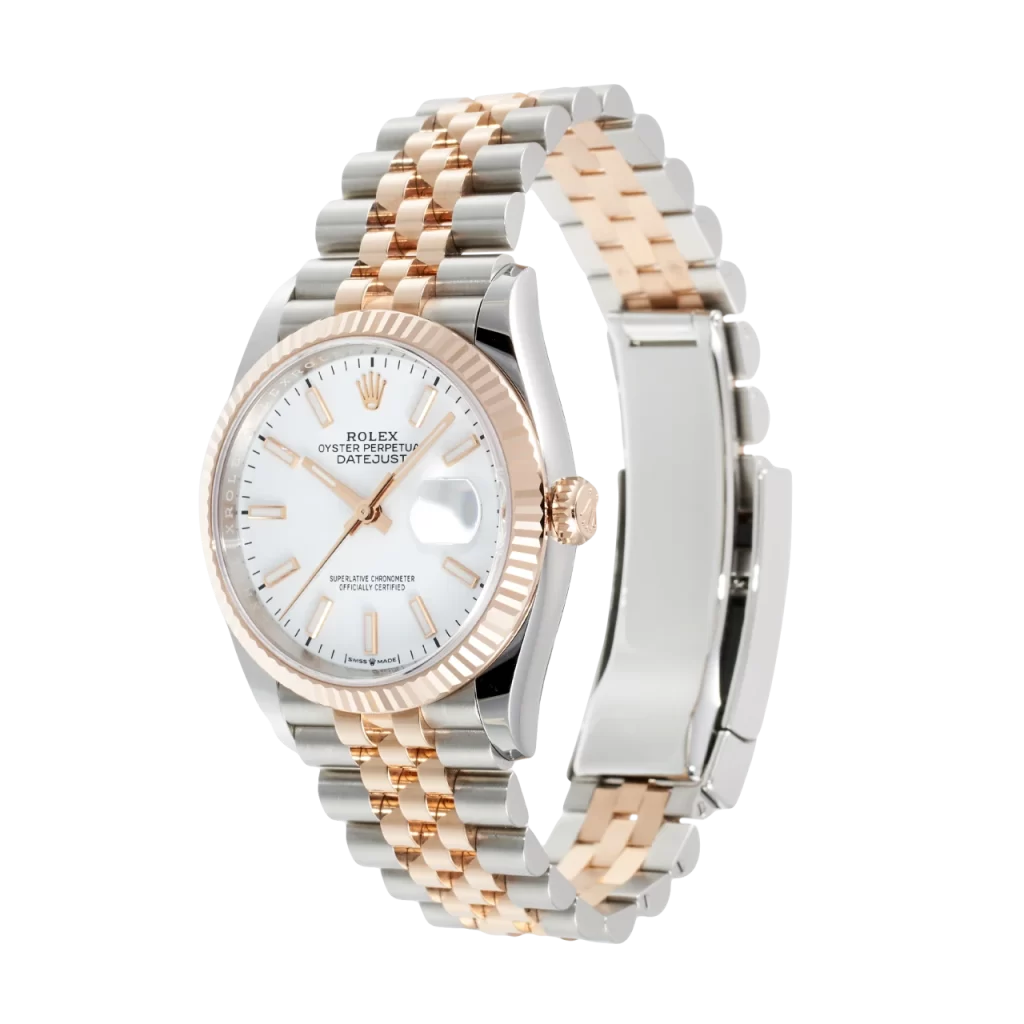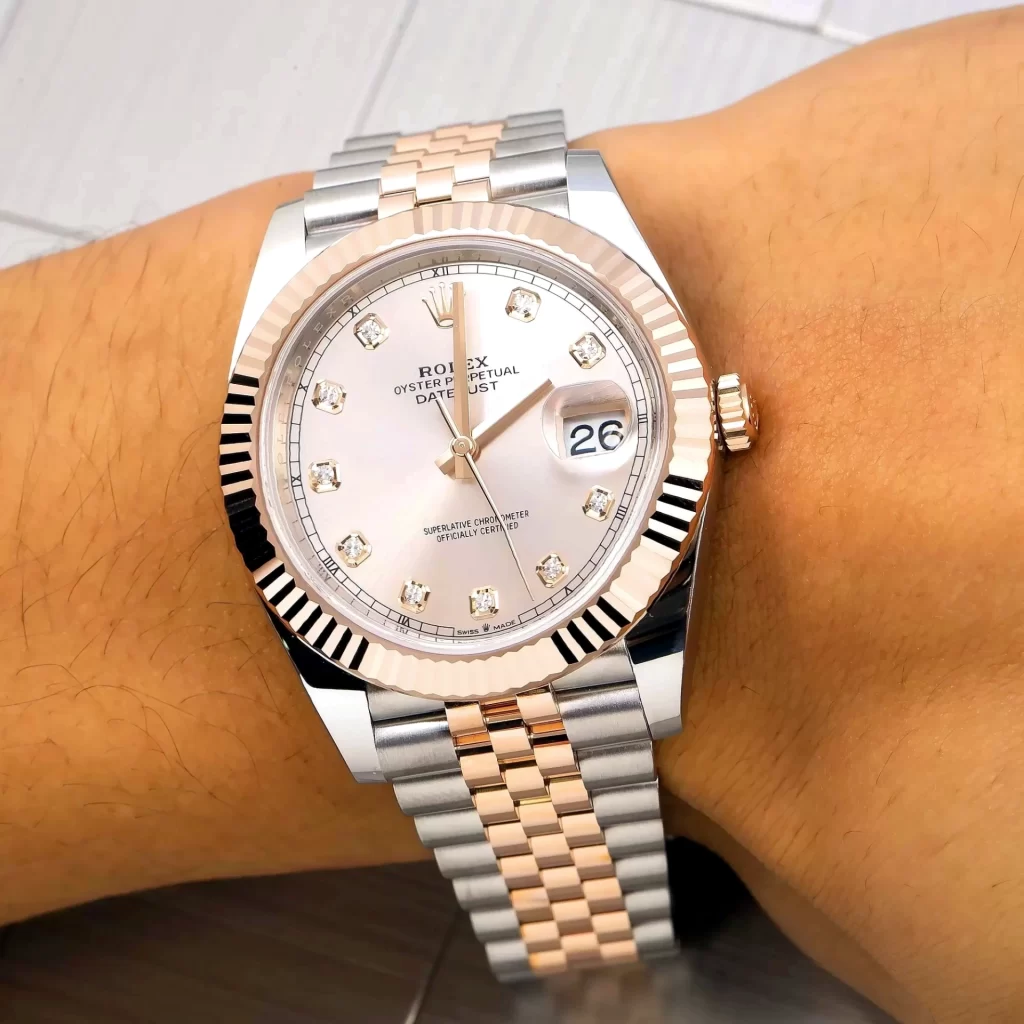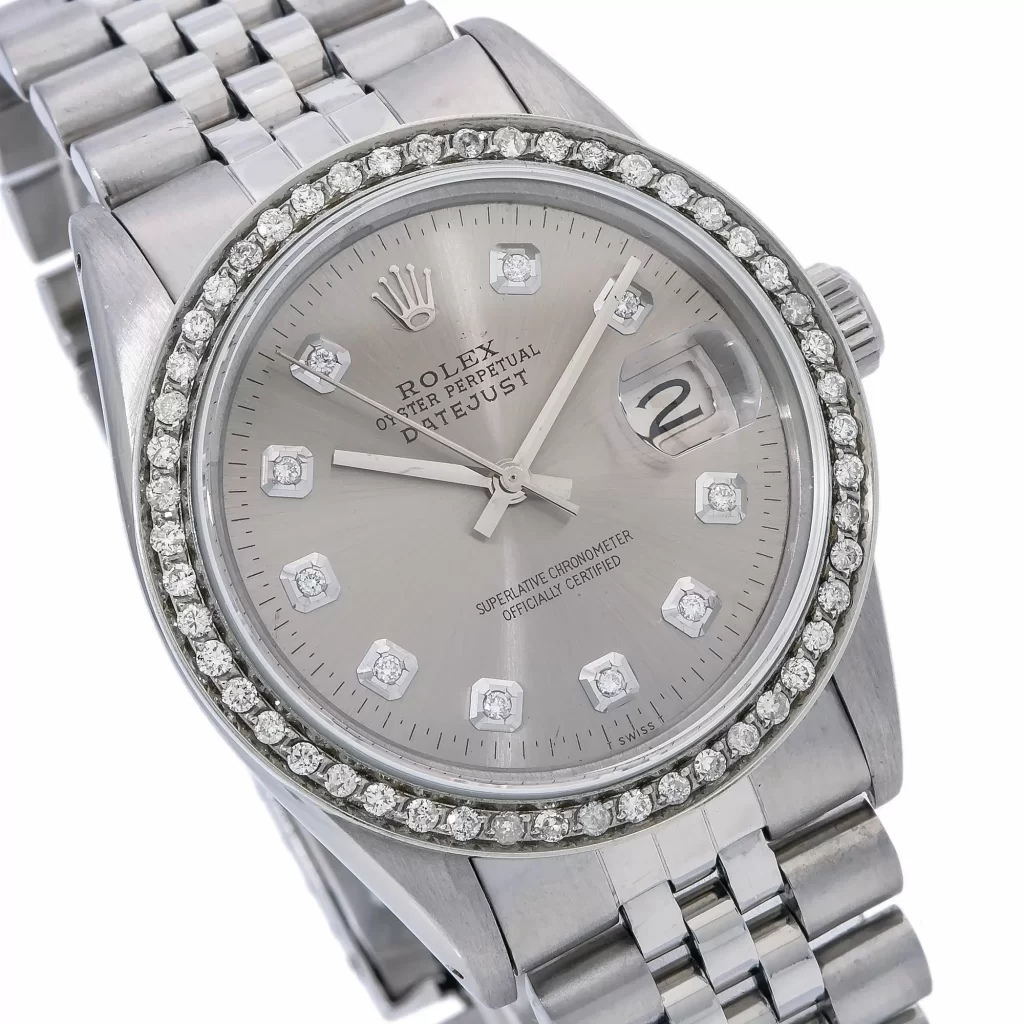While the brand’s oyster cases and cyclops lenses have become cultural symbols, it’s the relentless pursuit of accuracy that forms the bedrock of its horological identity. Rolex’s proprietary Superlative Chronometer certification – a standard demanding deviations no greater than -2/+2 seconds daily – has long dwarfed the industry’s COSC benchmark of -4/+6 seconds. Owners and collectors often whisper of watches outperforming even these stringent metrics, their mechanisms humming with a consistency that borders on the supernatural.

Consider the scale: one million watches produced annually, each a symphony of gears and springs subjected to Rolex’s merciless quality control. This industrialized precision is a feat unmatched in mechanical watchmaking, transforming what should be artisanal craftsmanship into a repeatable science. Yet recent patent filings suggest the Crown is far from content. Buried within technical schematics lies the blueprint for what could become the most significant mechanical overhaul in Rolex’s history.
At the core of every Rolex beats an evolution of the Swiss lever escapement – the horological equivalent of a beating heart. For centuries, this mechanism has governed mechanical timekeeping, its pallet fork shuttling energy from the mainspring to the balance wheel in precise increments. Replica Rolex’s proprietary Chronergy escapement refined this legacy system, its skeletonized components and optimized 15° pallet angles boosting efficiency by 15%. But friction remains an inescapable adversary. Even with advanced lubricants, the sliding contact between pallet jewels and escape wheel teeth bleeds energy, a compromise inherent to the design.

Enter Omega’s co-axial escapement – a disruptor that reimagined the lever’s dance. By replacing sliding friction with pushing impulses across dual escape wheels, it promised longer service intervals and enhanced accuracy. Rolex, however, appears poised to leapfrog this innovation entirely. Recent documents reveal experiments with a natural escapement – a concept first sketched by Abraham-Louis Breguet in the 18th century but deemed too fragile for mass production. Unlike traditional designs, Breguet’s vision eliminated the pallet fork entirely, allowing escape wheels to pulse energy directly to the balance staff. The result? Near-frictionless operation and no need for lubrication – a horological holy grail.
Rolex’s patent filings dissect two interpretations of this concept. The first employs dual-plane escape wheels with specialized teeth: one set for locking the mechanism, another for driving the balance. Robust and production-friendly, this iteration prioritizes reliability. The second design – a single-plane system with asymmetrical silicon teeth – is sleeker and more efficient but demands advanced materials. Both variants retain a minimalist lever to regulate timing, blending Breguet’s vision with Rolex’s pragmatism.

Historically, natural escapements have been confined to boutique brands like Laurent Ferrier, their fragility limiting appeal. Rolex’s approach hints at a radical proposition: democratizing Breguet’s white whale through industrialized perfection. Silicon components – already used in their Parachrom hairsprings – could mitigate wear, while proprietary alloys might address torque inconsistencies that plagued earlier attempts.
Skeptics will note Rolex’s vault of unused patents, from magnetic-resistant movements to ceramic mainsprings. Yet the mere existence of these filings illuminates the brand’s ethos. Every gear train, every lubricant formula, undergoes microscopic scrutiny by teams of engineers and watchmakers. Even if the natural escapement never reaches production, its exploration proves Rolex’s laboratories are laboratories in the truest sense – spaces where horological history is perpetually rewritten.

What emerges is not merely a story of technical ambition, but of identity. In an era where smartwatches tout atomic-level accuracy, Rolex’s dedication to mechanical refinement becomes a philosophical statement. Each tick of their movements defies entropy itself, transforming a wristwatch into a monument to human ingenuity.